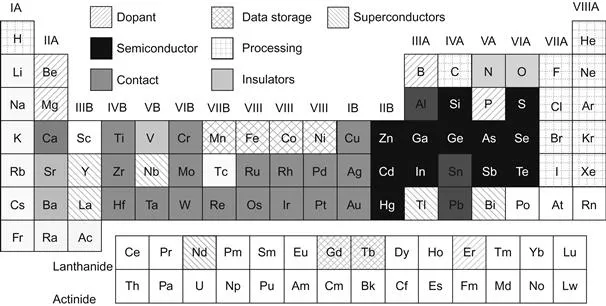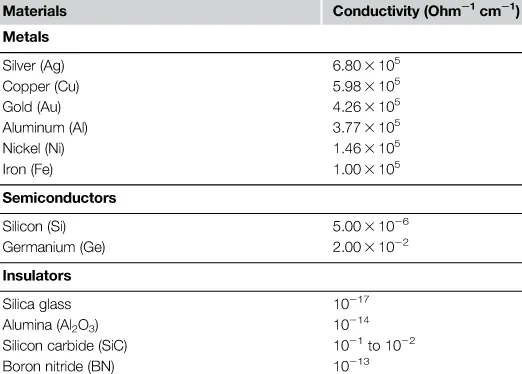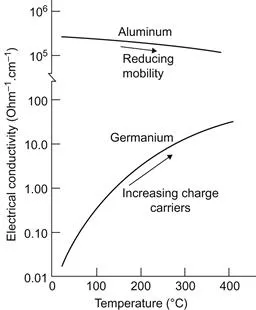
Sputtering Materials for VLSI and Thin Film Devices
Jaydeep Sarkar
- 608 pagine
- English
- ePUB (disponibile sull'app)
- Disponibile su iOS e Android
Sputtering Materials for VLSI and Thin Film Devices
Jaydeep Sarkar
Informazioni sul libro
An important resource for students, engineers and researchers working in the area of thin film deposition using physical vapor deposition (e.g. sputtering ) for semiconductor, liquid crystal displays, high density recording media and photovoltaic device (e.g. thin film solar cell) manufacturing. This book also reviews microelectronics industry topics such as history of inventions and technology trends, recent developments in sputtering technologies, manufacturing steps that require sputtering of thin films, the properties of thin films and the role of sputtering target performance on overall productivity of various processes. Two unique chapters of this book deal with productivity and troubleshooting issues.
The content of the book has been divided into two sections: (a) the first section (Chapter 1 to Chapter 3) has been prepared for the readers from a range of disciplines (e.g. electrical, chemical, chemistry, physics) trying to get an insight into use of sputtered films in various devices (e.g. semiconductor, display, photovoltaic, data storage), basic of sputtering and performance of sputtering target in relation to productivity, and (b) the second section (Chapter 4 to Chapter 8) has been prepared for readers who already have background knowledge of sputter deposition of thin films, materials science principles and interested in the details of sputtering target manufacturing methods, sputtering behavior and thin film properties specific to semiconductor, liquid crystal display, photovoltaic and magnetic data storage applications.
In Chapters 5 to 8, a general structure has been used, i.e. a description of the applications of sputtered thin films, sputtering target manufacturing methods (including flow charts), sputtering behavior of targets (e.g. current - voltage relationship, deposition rate) and thin film properties (e.g. microstructure, stresses, electrical properties, in-film particles). While discussing these topics, attempts have been made to include examples from the actual commercial processes to highlight the increased complexity of the commercial processes with the growth of advanced technologies. In addition to personnel working in industry setting, university researchers with advanced knowledge of sputtering would also find discussion of such topics (e.g. attributes of target design, chamber design, target microstructure, sputter surface characteristics, various troubleshooting issues) useful.
.
- Unique coverage of sputtering target manufacturing methods in the light of semiconductor, displays, data storage and photovoltaic industry requirements
- Practical information on technology trends, role of sputtering and major OEMs
- Discussion on properties of a wide variety of thin films which include silicides, conductors, diffusion barriers, transparent conducting oxides, magnetic films etc.
- Practical case-studies on target performance and troubleshooting
- Essential technological information for students, engineers and scientists working in the semiconductor, display, data storage and photovoltaic industry
Domande frequenti
Informazioni
Sputtering Targets and Sputtered Films for the Microelectronic Industry
Keywords
1.1 Materials for microelectronics
1.1.1 Introduction

1.1.1.1 Electrical conductivity


